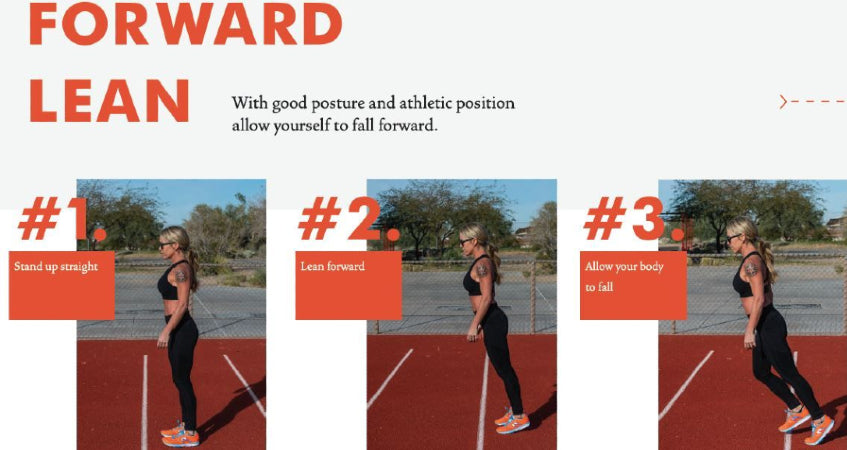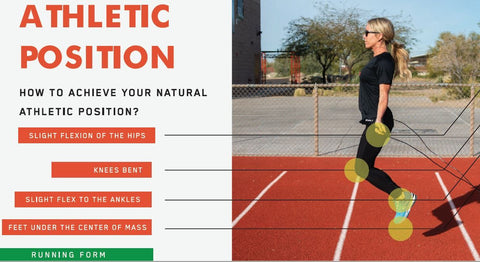
Running 101: Form
natural running running form running science24 March 2020
Good form is the key to efficient running and preventing injuries
When most people take up running for general fitness or to train for a marathon, they don’t think twice about how to do it. They buy a pair of running shoes, lace ‘em up and start running.
That's OK, and simplicity is one of the things that makes running such a good option for fitness. But if you really want to get the most out of it start thinking about proper form. By improving efficiencies you could really make the most out of it and avoid a variety of debilitating injuries.
What is Good Form?
To run efficiently, you have to understand your body and how to allow it to move naturally with as little muscular force as possible. The tenants of good running form are really easy when you break them down, and the first step is always keep in mind running with short strides and a quick cadence, landing lightly on the midfoot/forefoot area (the ball of the foot to the start of the heel, but not too far forward (on the toes) or too far back on the heel. Landing centered and quickly lifting your foot off the ground instead of pushing off with excessive muscle force is one of the most overlooked parts of good running, and the most important.
To help encourage a good, balanced and athletic position start with a a slight forward lean and a relaxed arm swing. This will set you up to land balanced and "lift" rather than "push" through your stride. To view an example of good running form in action click on the “Run Right” video here.

Land/Lever/Lift
To illustrate what Newton Running calls the “Land-Lever-Lift” technique, take the simple test of running barefoot across a smooth floor. More than likely, you’re naturally going to land lightly at your midfoot/forefoot and quickly pick up your foot to start a new stride. Your body doesn’t allow you to land on your heels because it isn’t engineered to accommodate the blunt force trauma of repeated heel striking.
Two of the biggest mistakes distance runners can fall prey to are:
1) Excessive heel striking that causes abrupt braking of forward momentum, and then pushing off too hard with the toes to start the forward motion again; or
2) Using only propulsive muscles,(the calf group, hamstrings and Achilles tendon) by running too far up on their toes like a sprinter and not using the body’s natural cushioning system.
Each of those form flaws puts too much vertical movement into every stride, and that leads to inefficiency and considerably more impact, muscle and tendon stress on the body.
If you’re landing hard on your heels and excessively braking and then pushing off, you’re going to strain the muscles used for braking (especially the quadriceps group and the anterior tibialis along the front of your lower leg) and propulsion (calf and hamstring muscles), as well as the connective tissue in the lower leg, ankle and foot (plantar fascia and Achilles tendon).
And if you’re too far forward in a sprint position, you’re overusing your calf and hamstring muscles and putting a lot of strain on your Achilles tendon.
Good Form Matters
Anyone can run, and you're doing right by just getting out there. But why not make the most of it? So next time you go out think about maintain an athletic position, shortening your stride and lifting the foot rather than pushing off as you transition through strides.
Improving your form leads to better efficiency, and that equals less impact and ultimately prevents injury. So just keep in mind the key is running staying relaxed but athletic, and training your body to move with shorter quicker strides. In the long term it will really pay off.


